We live in a world where it’s easier than ever to accumulate stuff, and most of us have done a great job at collecting a lot of it.
Whether it’s clothes, books, knick-knacks, baseball cards, toys for your kids, or whatever your assortment of choice may consist of, many people tend to live highly cluttered lives, often without even realizing it.
Minimalism is an increasingly popular lifestyle geared toward the simplification of our everyday lives, and its implications can be as broad or as specific as you prefer.
At its core, minimalism is about getting rid of the things that don’t contribute value to your life, and that can mean anything from reducing your shoe collection from 100 pairs down to 20, to canceling digital subscriptions with the goal of decluttering your inbox.
WHY MINIMALISM?
One of the primary steps people take as they begin gravitating toward minimalism is to get rid of unnecessary items in their homes.
Most of us would be shocked at how much stuff we accumulate simply by living somewhere for a few years or more.
In fact, many of us don’t realize the sheer quantity of random items in our possession until we are packing up to move – and we find ourselves faced with some difficult and oftentimes sentimental decisions.
A great first step toward adopting a minimalist lifestyle would be to envision your ideal finished product.
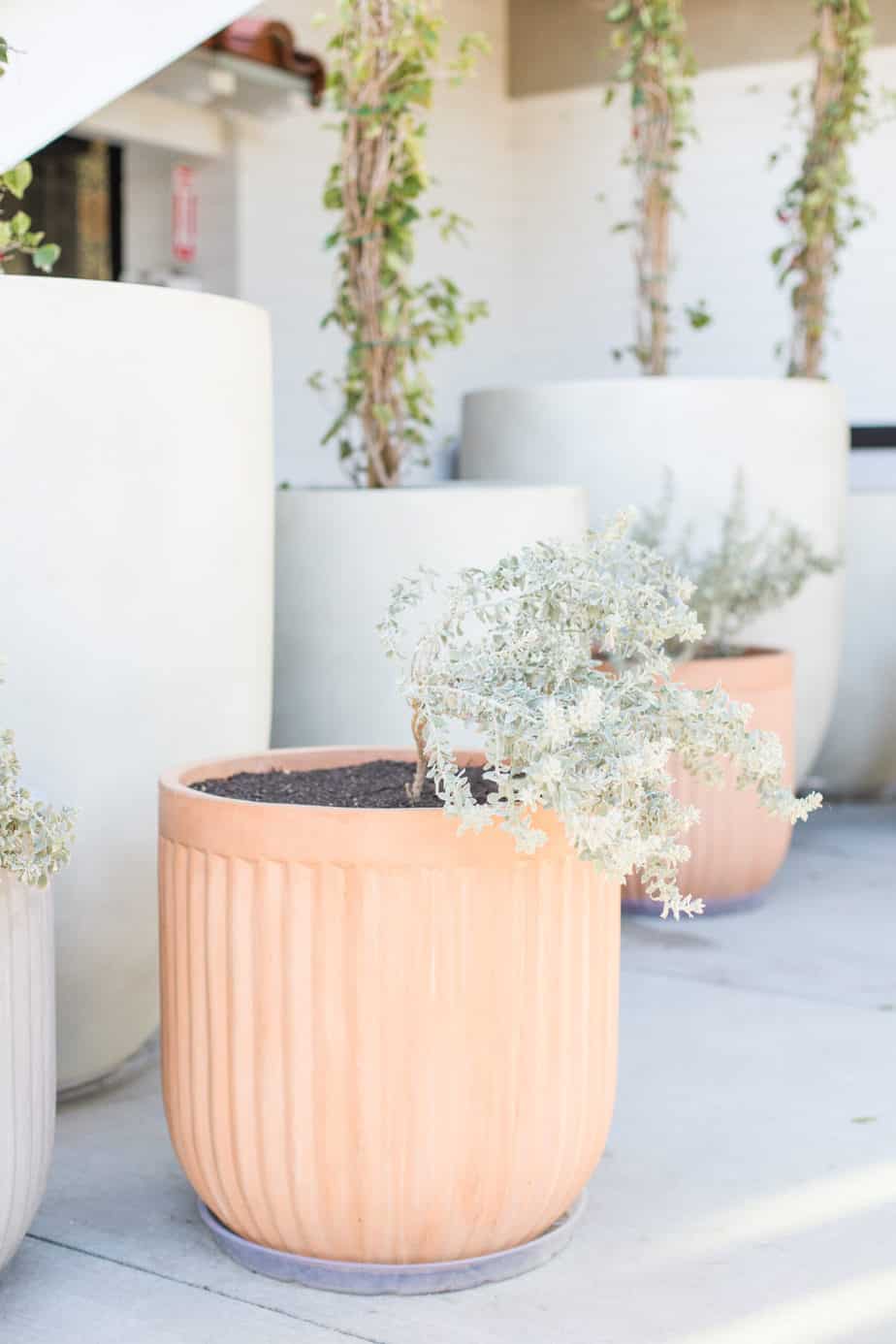
Perhaps you have kids and feel like you are constantly drowning in toys. The finished product you imagine might involve fewer toys and better storage solutions for the ones that remain.
You could also take their attention away from toys and get their creative juices flowing. Maybe start a project you can do together, such as gardening?
Or maybe you’ve just accumulated a ton of knick-knacks over the years and the surfaces in your home have become so cluttered that it is causing you stress.
No longer feeling like home, your house is now a source of anxiety. Your ideal finished product might look like a few tasteful decor items that have sentimental value.
Whatever your current situation is, take a few moments to reflect on these questions:
-
What benefits could minimalism bring to your life?
-
What areas of your life currently feel cluttered or stressful?
-
What does your ideal finished product look like?
-
When would you like to start simplifying your life, and how long will it take to reach your finished state?
-
Who else will participate in this process with you?
Maybe you are feeling overwhelmed because you have a large house that is filled with unneeded items, and just the thought of going through all of it gives you anxiety.
That’s okay! You’ll find minimalist tips for decluttering that break down a large project into small, manageable steps.
For example, try focusing on one room at a time rather than tearing apart the whole house all at once.
Create a timeline that is reasonable given your other duties and obligations.
If you have young children who need attention, maybe you can only tackle one room every two weeks.
Whatever you do, resist the urge to get down on yourself or to give in to discouragement.
Remember that you are working toward the overall simplification of your life, which will benefit both you and your loved ones, and great things take time to accomplish.
One helpful feature of the minimalist mindset is that it spreads across the areas of your life in a natural, almost automatic way.
You might start by saying you just want to go through your closet to get rid of things that don’t fit, and before you know it you catch yourself eyeing those storage containers in the garage wondering how much of that stuff you actually need, and how much space you can free up by getting rid of some of it. These storage containers are a great minimalist asset for your closet.
Regardless of your starting point and your end goal, let’s dive into the list of 35 Minimalist Tips that will help you get motivated.
This post may contain sponsored and affiliate links to products. Read more in my privacy policy.
35 Minimalist Tips for Beginners
1- Set Up Your Zones
Before you get started, you’ll want to decide how you’re going to sort your items so you don’t have to keep reinventing the wheel as you go.
Designate a few key zones or categories into which you will separate your items.
They might look something like this: Keep, Sell, Donate, Recycle, Trash.
If you think of other categories that fit your needs, feel free to include them. But remember: try to keep things simple.
2- Declutter One Room at a Time
Start with the room that is bothering you the most, perhaps the one that sparked your desire to read an article about minimalism.
The items you keep should be things you use regularly or things that bring significant value to your life (such as sentimental value). Get started with my free declutter planner!
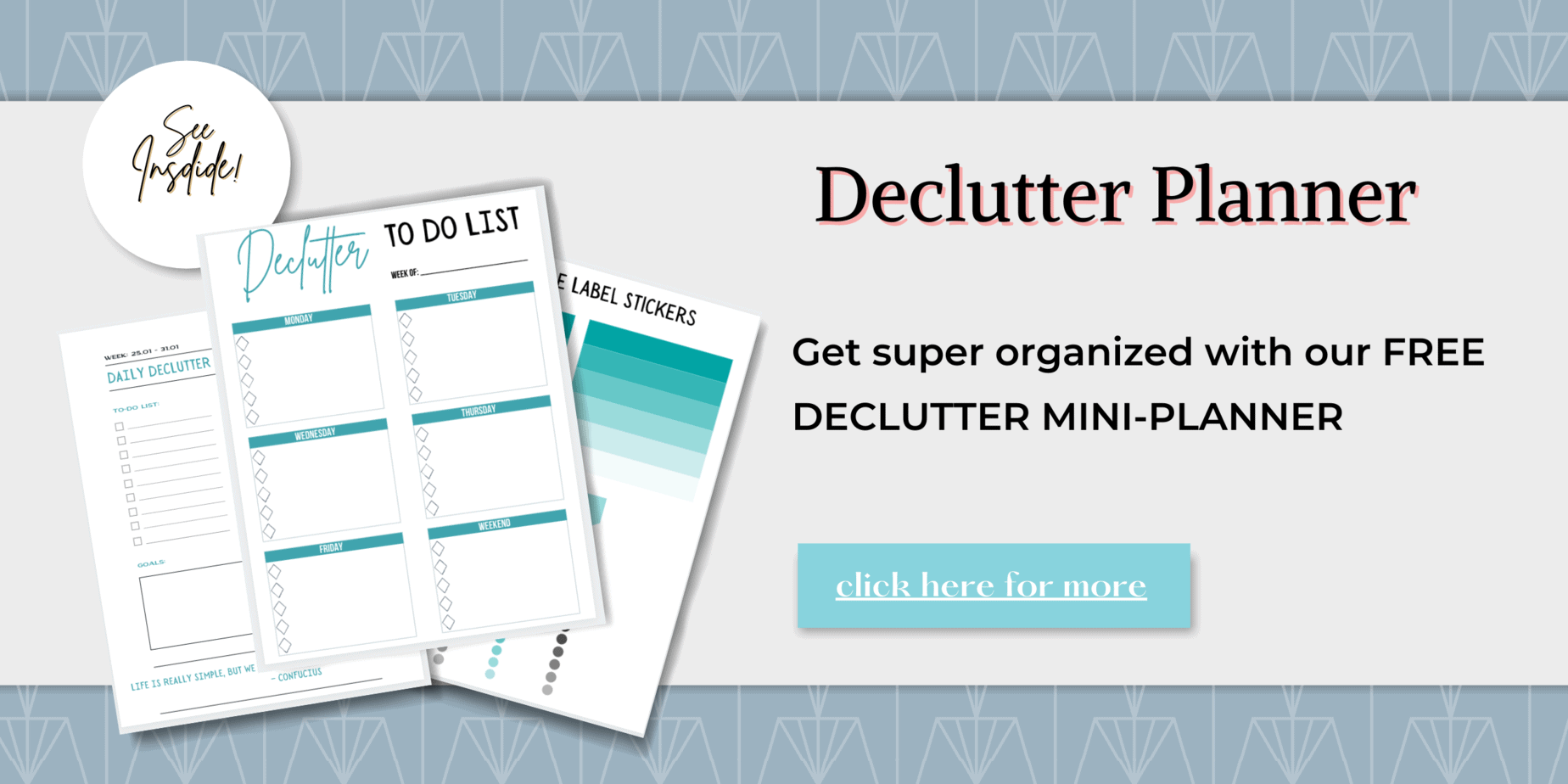
3- Get Rid of Anything Broken
Or ripped, or torn, or whatever. If it is defective, you don’t need it. Ripped shirt? Toss. Broken toy? Toss. Bent spoon? You get the idea.
4- Eliminate Unworn Clothing
A good rule of thumb is that if you haven’t worn it in a year, it is just taking up space in your closet.
If you don’t like the way you look in it, get rid of it. If it no longer fits, get rid of it. If you forgot you had it and haven’t missed it, get rid of it.
With gently used clothing items, donating is a great way to pass your excess goods along to someone who may be in need.
We also recommend shopping sustainable- with high quality materials your clothes will last much longer. Here are some brands we suggest:
| Product Image | Product Name | Primary Button |
|---|---|---|
5- Pick a Number
Decide on the number of t-shirts that you need. Do the same for long sleeve shirts, sweaters, pairs of shorts, pairs of pants, etc.
Stick to that number and eliminate the excess.
6- Hangers, Too
Only keep the number of hangers appropriate for the articles of clothing you have, plus a few extras in case they break.
If you have 20 clothing items hanging in your closet, you might keep 25 hangers, but not 100.
7- Go Through Your Shoes
Shoes are too often forgotten when it comes to decluttering the wardrobe, but they are so sinister in how quickly they accumulate and in how much space they are capable of taking up.
You essentially need shoes that are appropriate for work, special occasion shoes, workout shoes, errand running shoes, shoes for outdoor work, and perhaps a pair of boots.
You don’t need to get rid of anything you love and wear often, but you probably don’t need 30 pairs of shoes.
Related article: The Best Sustainable Shoes
8- Socks and Undergarments
Get rid of socks with holes, even small holes. Think about how often you reliably do laundry and keep roughly enough sets of undergarments to get you through that amount of time.
(A week? Ten days?) You do not need 50 pairs of underwear.
9- Eliminate Unused Kitchen Appliances
This isn’t about learning how to live without your microwave.
This is about the fancy quesadilla maker you got for Christmas six years ago and used once. Or the magic bullet that is just taking up counter space. Or your second toaster.
Take a long, hard look at each of your kitchen appliances and ask yourself whether it is worth the prime real estate it is occupying on your counter.
10- Too Many Plates and Cups
Do you have a family of four, and twenty-five dinner plates and glasses in your cupboard?
It is always good to keep a few extra plates, bowls, cups, and mugs on hand for potential guests, but don’t overdo it.
Take the number of people who live in your household and double it.
Remember, these things get washed and reused. At the very least, you don’t need 50 coffee mugs.
11- Get Rid of Doubles
If you have three pizza cutters, four whisks, and eight wooden spoons, you have room to do some eliminating.
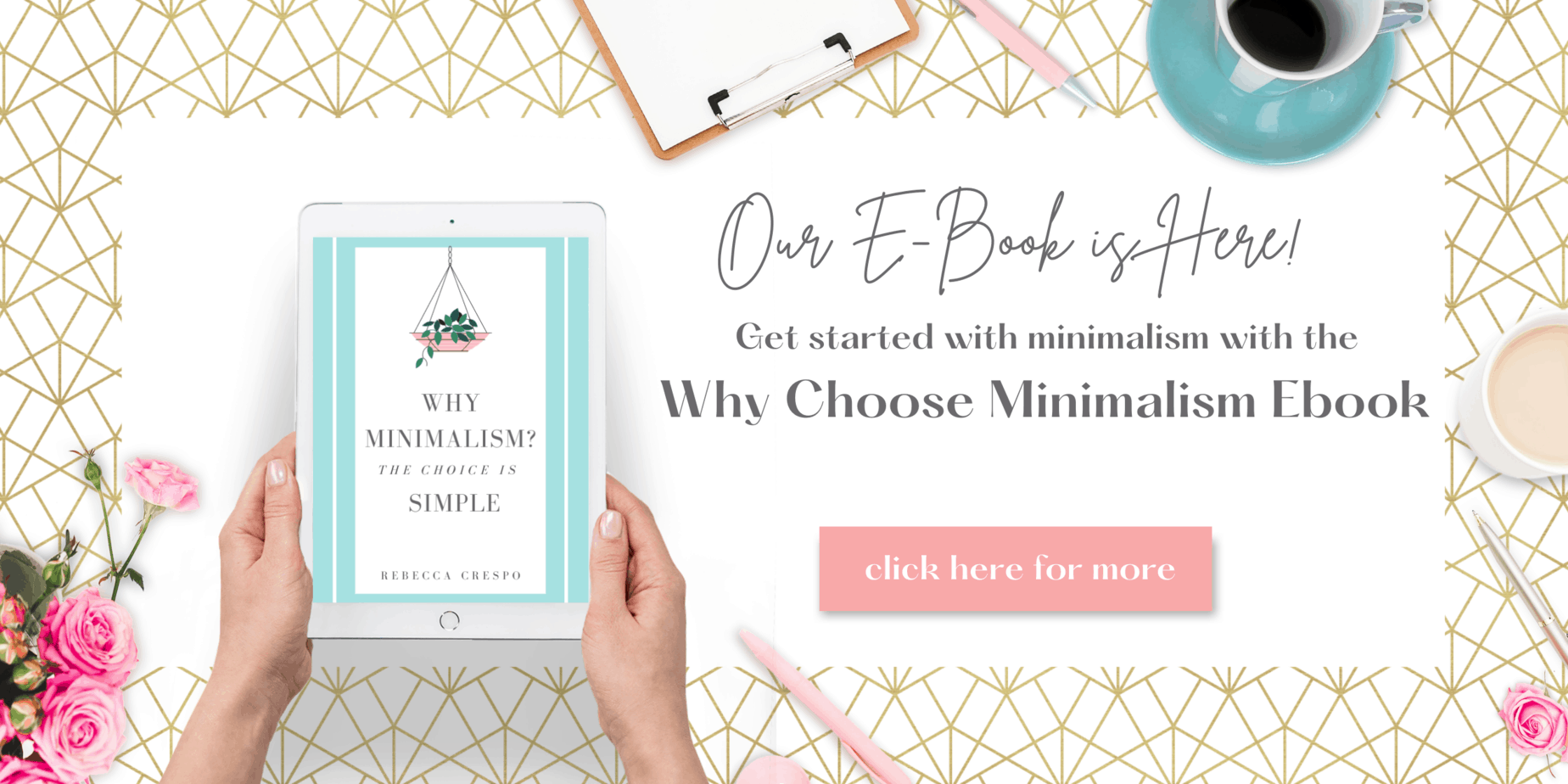
12- Shop Quality, Not Quantity
You don’t need ten frying pans if you have one good cast iron skillet. Invest in quality supplies and you will need fewer of them. I also decided to buy things that produced waste, such as toothpaste tubes. I recently discovered that Smyle Toothpaste Tabs make brushing your teeth easier than ever before.
They provide a sustainable alternative where you can get that clean feeling in just 60 seconds without any hassle or waste.
Since I travel a lot, it’s a great alternative because these tabs are perfect for traveling – they’re small and easy to pack. You don’t have to worry about bringing a toothbrush or tube of toothpaste with you.
You can use this code Rebecca15 to get a 15% discount on your first order today.
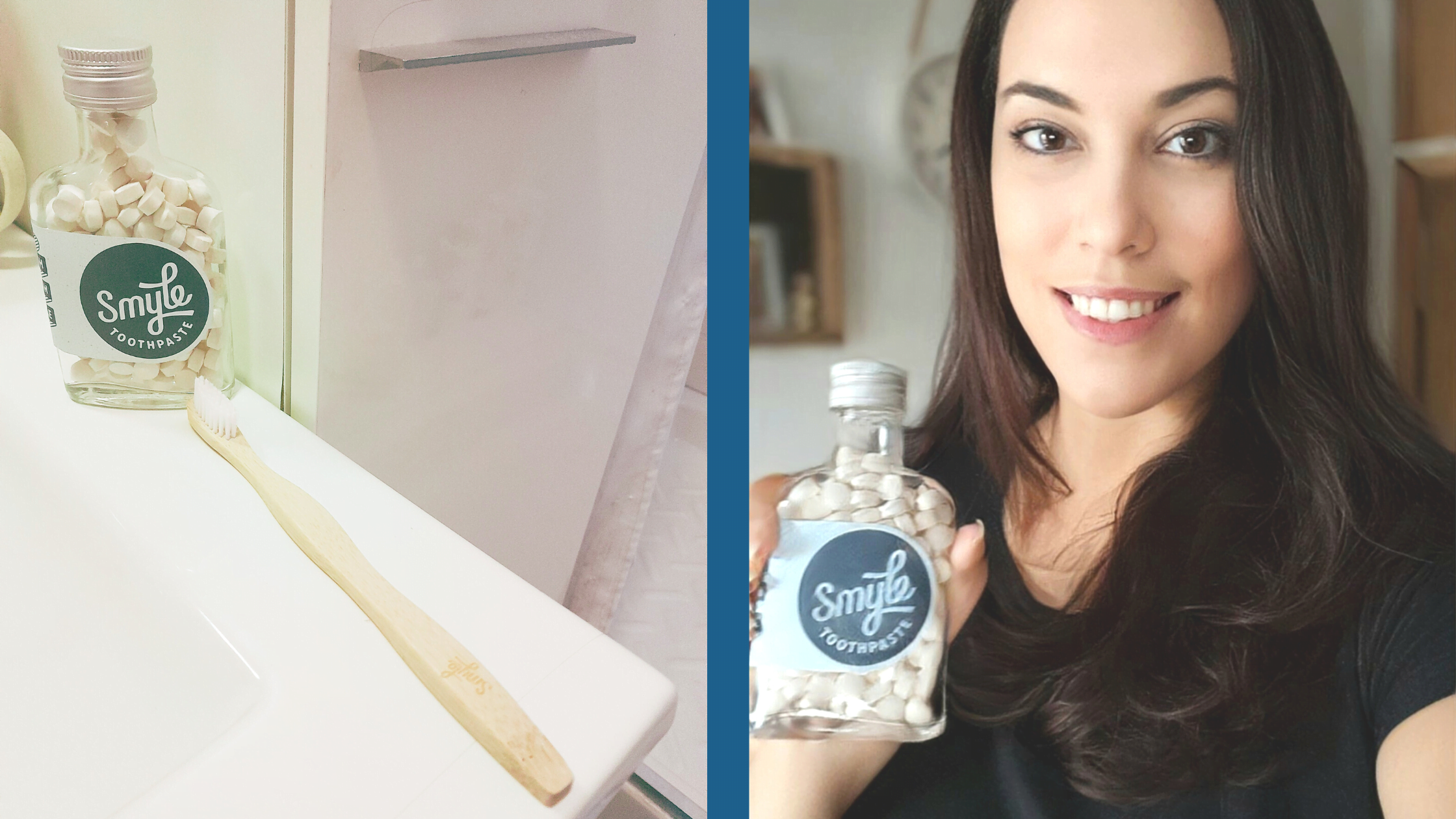
13- Throw Away Outdated Food
You might be astounded at what kind of expired items you have haunting the back of your pantry and freezer.
It is worth going through and getting rid of some things. If it’s expired, you don’t need it. Try these long-lasting storage containers to keep
14- Donate Unwanted Food That is Still Fresh
If you have canned goods that have not expired, donate them to others in need via your
15 – Other Expired Products
This tip also applies to expired items like makeup, medicine, and other self-care products.
Do you have a massive tub of facial foundation containing items that date back to your high school prom?
You can probably afford to part with some of these things.
16- Toys, Toys, Toys
Get rid of any toys that the kids don’t play with weekly.
Donate or sell anything that is no longer age-appropriate.
Set a limit for the number of stuffed animals allowed in your household. Stick to it.
If your kids are old enough, let them feel like part of the process by helping you choose items to donate that will make another child happy.
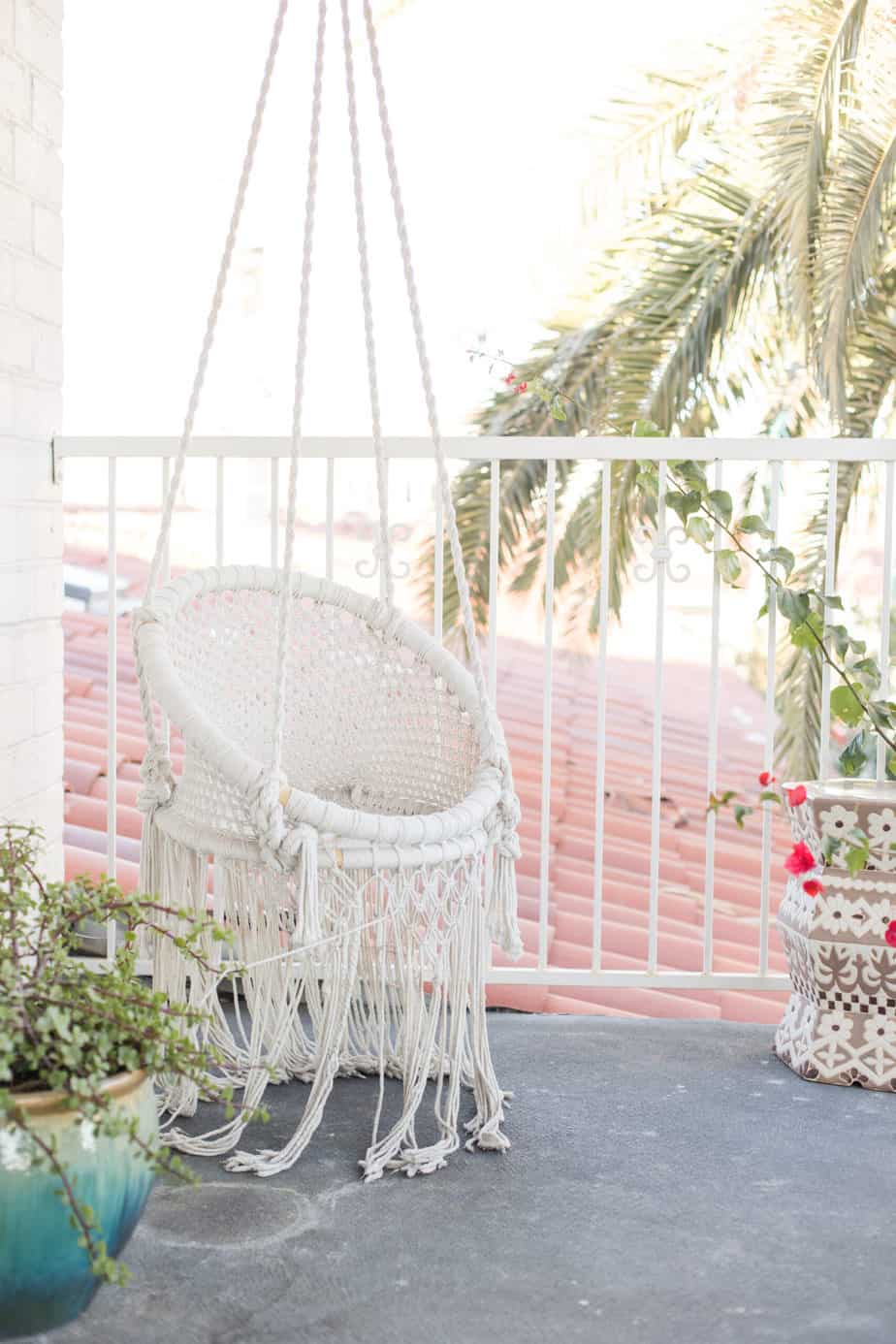
17- Get a Toy Box
Invest in strategic toy storage that keeps legos off the floor and stuffed animals out of the living room. Get a toy box and fill it.
Eliminate whatever extra toys don’t fit in the toy box. Each time your child gets a new toy, have them choose an old toy to donate.
18- Reduce Toiletries
If you have 15 different shampoos, stop buying shampoo for a while. Use them up. Or get a shampoo bar that lasts longer. Love this eco-friendly one!
Get into the habit of having one bottle of shampoo, with one extra in the closet for when you run out.
Follow a similar system for things like body washes, toothpaste, etc.
19- Bath Towels
Towels can take up a lot of space. Keep enough for each member of the household, plus a few extras.
You don’t need an entire hall closet devoted to bath towels.
20- Digitize Movies and Music
Rather than keeping CD and DVD cases lying around, use portable cases to store them and get rid of the plastic containers.
Or if you are comfortable going digital, store your movies and music on an external hard drive and save even more space.
21- Donate Books
Many people have multiple bookshelves overflowing with books they haven’t read in decades, or at all!
Keep the books you love. Donate the others.
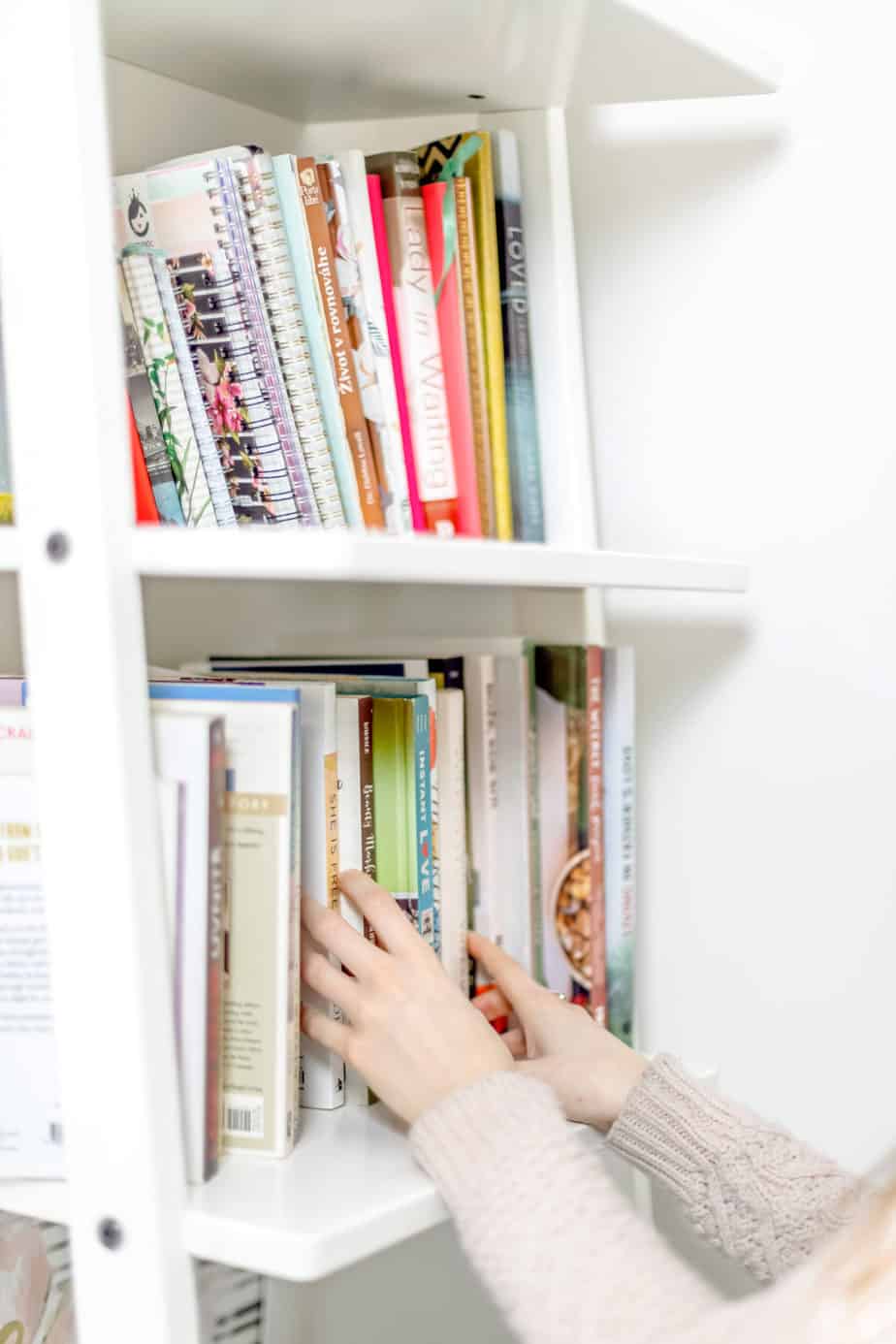
22- Make Use of the Library
It’s there for a reason, and part of that reason is preventing you from having to buy and store every book you want to read.
Rent your books and then return them.
Or if you want to own them, buy them electronically.
23- Decrease Knick Knacks
This one can feel overwhelming at times, and can even get emotional depending on how many sentimental items you have.
You don’t need to get rid of the vase that belonged to your great-grandma who passed away.
The key here is to look at each knick knack through the lens of whether it brings value to your life.
If it does, keep it.
If it doesn’t, you might be amazed at how much meaningless stuff you had lying around, and how much space you’re about to free up.
24- Everything Needs a Home
If you don’t want to bother thinking about where you’re going to put it, chances are you don’t need it.
25- Create a Filing System
Does your kitchen table double as a home for mail, bills, and other documents?
Invest in a filing cabinet and create file folders that will help you organize your life.
Next time you get your credit card statement, you can just drop it into the file folder specifically designated for credit card statements, rather than letting it sit on the kitchen table for weeks.
26- Use Storage Containers
Storage containers come in all shapes and sizes, and are great for keeping things out of the way.
Perhaps you need a place to keep your summer clothes during the winter, or a compact system for holiday decorations.
Don’t keep tons of storage containers – remember, the goal is to simplify and keep a minimal amount of things – but storage containers can help you find a home for things you do need, that won’t interfere with your everyday routines.
27- Digitize Photos
If you have boxes of old photos that you don’t want to get rid of, see if you can scan them and store them digitally instead.
28- Eliminate Plastic Bags
Do you keep a whole bunch of plastic grocery bags for future use?
Stop that!
Get rid of them, invest in a few reusable tote bags for shopping, and don’t clutter your home with plastic bags.
29- Take Advantage of Wall Space
Reduce clutter by using pegboards, wall mounted baskets, hooks, and other methods that will allow you to utilize your wall space for neat, organized storage.
I also love using Handmade Lighting Fixtures from Gant Lights.
30- Furniture with Hidden Storage
Think ottomans, coffee tables with lift-up tops, or beds with drawers on the side.
31- Throw Pillows and Blankets
Don’t overcrowd your beds and couches with throw pillows. Maybe one or two for decoration, maybe none, definitely not twelve.
Same goes for blankets – have a few available for movie nights or guests, but keep it reasonable.
32- One in, One Out
When you get something new, something old has to go.
This is a great rule for clothing, but can work well for other items too.
33-Keep it Clean
Giving your space a fresh, rejuvenated feel will supplement your minimalist attitude.
It is hard for clutter and garbage to accumulate when you are maintaining your home regularly.
34- Write Down Your Purchases
It may seem irrelevant, but this small measure of accountability can prevent lots of unnecessary spending.
Write down everything you buy and how much you spent.
Before you know it, you’ll be rethinking that knick knack or pair of shoes before the transaction rather than after.
35- Clear Out Every Few Months
To keep clutter in check, go through your home every few months and clear out excess items that may have accumulated.
Final Thoughts
Minimalism is ultimately about eliminating things that are unnecessary, resulting in a more refreshed, focused life.
Its rise in popularity is for good reason – people are noticing that their lives are too complicated and they are looking for a solution.
Hopefully, now you are feeling equipped to clear out some excess belongings and reap the benefits of a clearer home and a clearer mind!

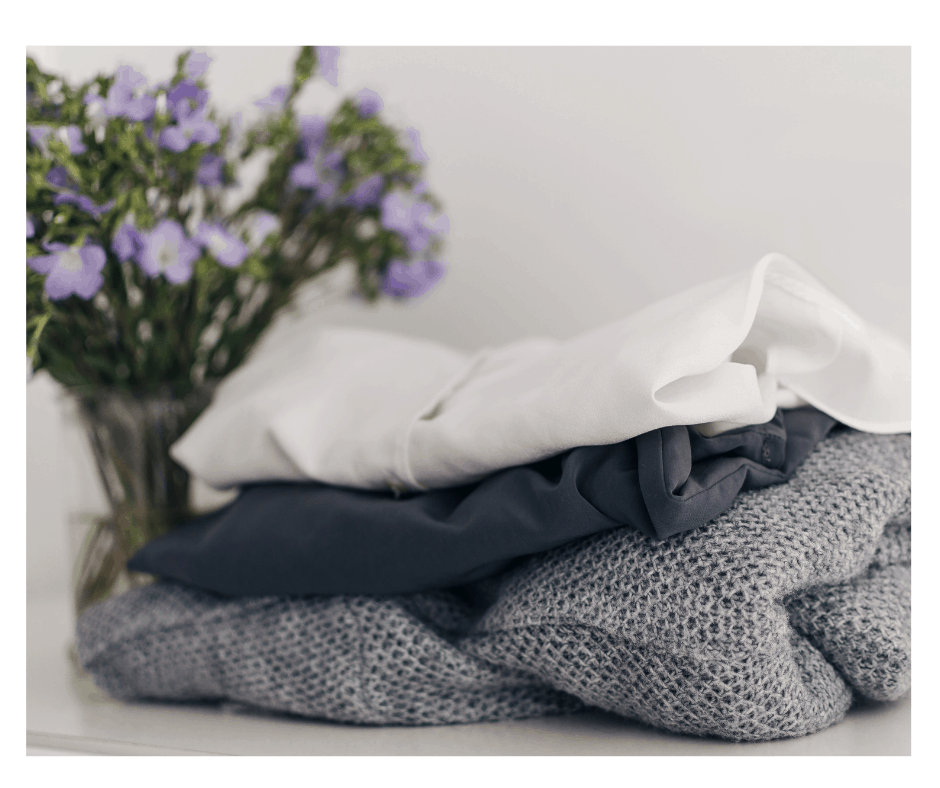
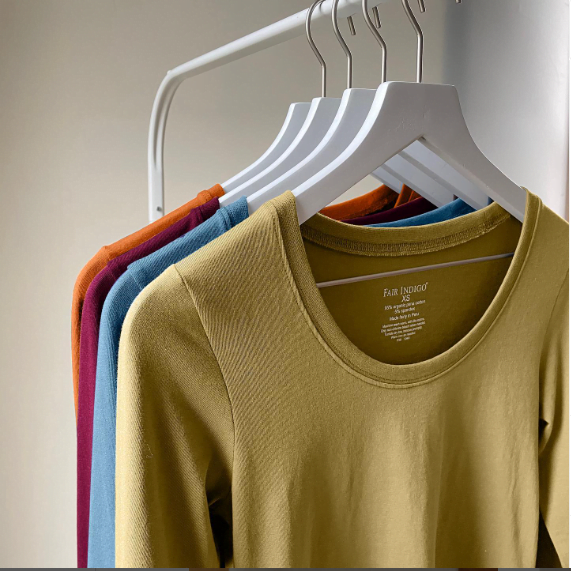




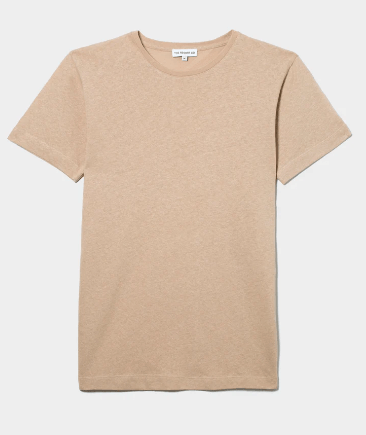
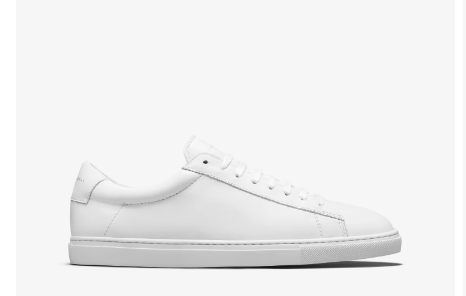
Indeed a v useful blog ,many things to follow in it
Thank you
Nice!